Jun 16, 2025
Author:Jackson Watson
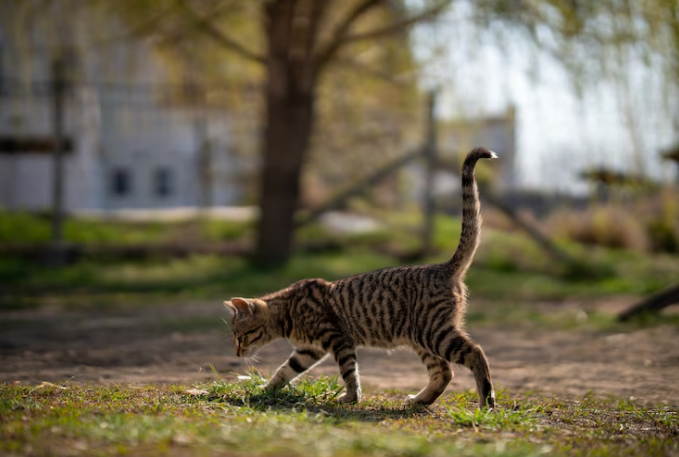
Can cats control their tails—or do their tails control them? Tail flicks. Swishes. Sudden thumps on the floor. Most people assume it’s random. But a cat’s tail never moves without a reason. It's not a decorative string—it’s a built-in communication device, powered by mood, muscle memory, and instinct.
If you’ve misread tail signals before, you’re not alone. The truth? Misunderstanding cat-tail language can lead to stress, overstimulation, or even scratches. This article clears up the guesswork. You’ll learn whether cats actually control their tails and what those twitches, puffs, and slow swings really mean.
Here’s what we’ll break down:
● How tail muscles work—and whether cats can voluntarily control them
● What different tail movements signal, from contentment to warning signs
● The science behind tail language—instinct vs. emotion vs. control
● Common myths about tail-wagging—and what behaviorists actually say
● How to respond to tail cues correctly—without getting clawed
● When tail behavior might signal stress, pain, or illness
Let’s stop guessing and start reading tails right.
A cat’s tail doesn’t sit idly. It works. Think vertebrae stacked like a bendy ladder—19 to 23 of them—each wrapped in muscle, each wired back to the spinal cord like a live feed.
Roughly a tenth of the cat’s entire skeleton lives in the tail. That’s not decoration—it’s functional. It arches. It coils. It shoots straight out or drags behind, depending on the moment, the mood, or the environment. But here’s the tricky part—do they mean to do it?
Sometimes, yes. You’ll see it when they balance on narrow ledges, tail up for counterweight. Or when they curl it tight during sleep. That’s a choice. Control.
Then there’s the flicking. The fast, snappy stuff during tension or overstimulation. That’s not really a decision. It runs through the autonomic nervous system, like a reflex. No time to think, just react. So is it conscious or automatic? Both, kind of. Cats drive some of it. The rest just fires on its own. Knowing which is which—that’s how you stop misreading their signals.
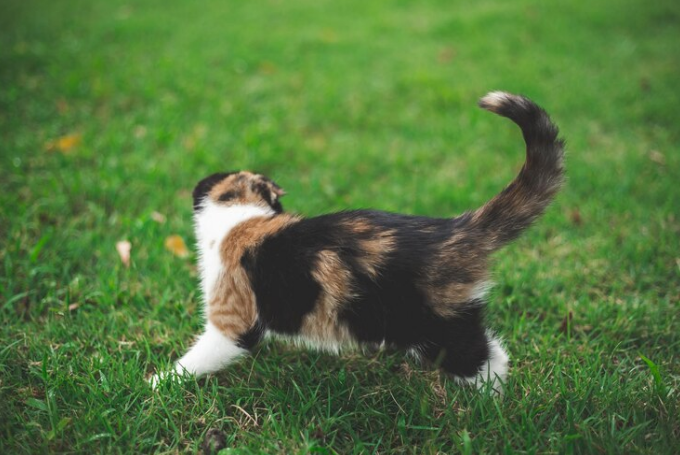
That flick? Not random. The slow sway? Also not random. Every tail twitch says something—even if it’s subtle enough to miss the first few times you catch it. But once you start noticing, it’s hard to unsee.
Cats use their tails kind of like a visual status update. Sometimes it's conscious. Sometimes it’s a reflex that beats thought to the punch. Either way, the signal’s there. The hard part? Figuring out what it’s actually pointing to.
Here’s a quick breakdown of what the tail might be saying:
● Upright with a soft hook at the tip: Usually a good sign. Relaxed confidence. It’s the tail equivalent of a nod and a friendly ‘we’re good.’
● Straight up, no bend, all business: Curious, . Think: first time in a new room or catching something that moves fast.
● Low and steady: Not much to read into. The cat’s not tense, not excited. Could be resting, could be watching—just not in the mood to engage.
● Puffed up and rigid—horizontal or straight up: Warning. Backed into a corner, scared stiff, trying to bluff size. Step wrong, and it may escalate.
● Quick, sharp thumping or lashing: That’s your signal to back off. Now. You’ve pushed too far, or something has, and the cat’s about to react.
● Slow, side-to-side swing: Focused. Like right before a pounce—or a problem. The cat’s zeroing in, and you might not want to be in the way.
● Tail tucked under tight: Fear. Or stress. Or submission. It’s protective, not playful. That’s not a moment to force anything.
Reading tail cues isn’t about guessing. It’s watching. Over time, you spot patterns. And once you do, reacting properly becomes a whole lot easier.
Tail language sits at the intersection of neurology and behavior. It’s part instinct, part emotional output, and part voluntary motion. Understanding where one ends and the other begins matters if you're trying to read a cat’s intent with any degree of accuracy.
● Instinct doesn’t wait for permission. It acts. A loud thud, a weird scent drifting in, something off in the air—and the tail’s already moving. Flicked. Puffed. Snapped tight. It’s the body’s way of calling the shots before the brain even catches up. That’s how the autonomic nervous system works. Fast. Reactive. No delay.
● Now add emotion to the mix—whole different layer. Frustration that’s been simmering. Sudden fear. That wired-up kind of excitement you can’t pin down. These things shape the way the tail moves too. Not planned. Not neat. Just the body leaking signals when words aren’t an option.
● Then there’s control. Actual choice. That slow curl around the paws while settling into a nap. Or the proud little tail lift when they spot you from across the room. That’s somatic. That’s the cat making a move on purpose.
So what matters? Knowing what’s what. Reflexes look different than emotional flares. And both feel different than conscious choice. That’s how you read a tail properly—not by guessing, but by separating impulse from intent.
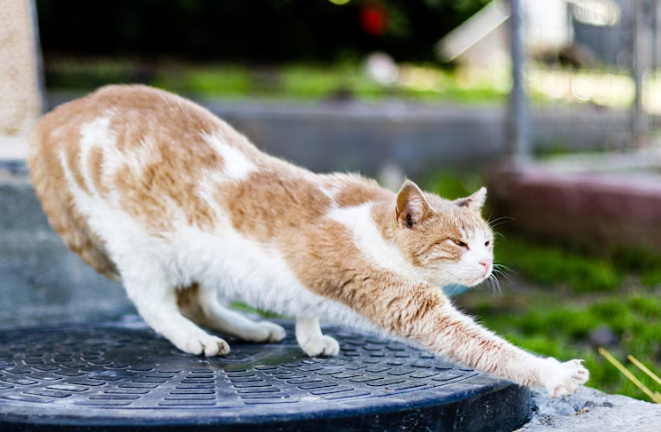
Reading a tail is only half the work. Responding correctly prevents overstimulation, conflict, and injury. It’s not about decoding a single flick.
Below is a breakdown of common tail behaviors and how to respond as the person in control of the interaction.
● Tail low and motionless: Proceed slowly. This can signal focus or mild unease. Don’t push sudden physical contact. Let the cat set the pace, especially if it's resting or watching its surroundings.
● Tail flicking or lashing repeatedly: Step back. This isn’t playful—it’s agitation. End the interaction immediately. Continuing to pet or engage during this state can escalate into a scratch or bite.
● Tail curled tightly around the body: Respect the distance. This defensive posture often reflects discomfort or fear. Avoid direct eye contact. Offer space until the tail relaxes on its own.
● Tail thumping rhythmically against a surface: Stop whatever you’re doing. Thumping signals frustration building toward aggression. Remove stimuli and give the cat time to reset.
● Tail twitching slowly while in a crouch or hunting pose: Avoid distraction. The cat is locked into a target or play mode. Don’t interrupt with touch. Watch body tension to determine if it’s harmless play or predatory fixation.
● Tail puffed up and rigid: Freeze movement. Speak low and back away slowly. A puffed tail indicates perceived danger. Sudden movement from you will likely be treated as a threat.
The key to safety and trust is timing. Tail language is fast. Adjust your behavior just as quickly. A thoughtful pause can prevent damage and deepen the relationship.
Not every tail twitch is about mood. Sometimes, it’s something deeper. When the tail hangs weird—or moves in a way that feels off—it’s not attitude. It’s a signal. A clinical one. And it needs a second look.
● A tail that stays low and limp? That’s a red flag. Especially if the rest of the body looks . It might be pain. It could be an inflamed spine. It could be an old knock that never healed right. Or something inside pulling at nerves you can’t see.
● You’ll also catch it in motion. If the tail always swings to one side or never extends fully, never stretches all the way out, nerve damage or joint strain could be the reason. And if it used to flick during play, but now it’s still? That’s not nothing. That’s a pattern shift.
● Then there’s the reaction to touch. Out of nowhere, your cat starts flinching. Or worse—swatting—when the base of the tail touches. That’s not an attitude. That’s pain showing its teeth.
● And the licking. Constant grooming near the base? That might be fleas. Or allergies. Or—less obvious—stress. When cats don’t know where to put tension, it sometimes lands right there. On the tail. Over and over.
Any abrupt or prolonged change in tail use should not be ignored. Track patterns over time. Intervention works best when signals are caught early.
Consistently tracking tail movement helps catch subtle shifts in mood or health, but it’s not always possible to be home watching. That’s where smart technology like the WOpet Heritage View Automatic Pet Feeder with Camera makes a measurable difference.
This feeder does more than schedule meals. It includes a built-in HD camera with night vision, giving you a clear view of your cat’s posture and tail behavior, day or night. Whether your cat’s tail is curled, stiff, or twitching before a meal, you’ll spot it in real time.
Paired with two-way audio, the device lets you respond instantly. If your cat shows signs of stress, like tail thumping or body tension, you can speak through the app to calm them down or assess whether interaction is needed.
The feeder’s dual-bowl setup also gives a better view of your cat’s body language during feeding. You can observe whether your cat approaches confidently, hesitates, or shows signs of agitation, all through tail cues. With the WOpet Heritage View, you don’t lose insight when you leave. You gain consistent behavioral awareness, better decision-making, and the ability to track tail cues without being in the room.
Tail cues aren't noise—they're data. Once you learn how to read them, your entire approach to cat care changes. You stop misreading swishes as play. You pull back before stress turns into scratches. You pick up on discomfort before it turns clinical.
The result? You respond sooner. You interact better. You avoid unnecessary tension. You build trust because your cat sees you noticing the signals it’s been sending all along. That changes the relationship. It deepens it.
With smart monitoring tools like WOpet’s camera-enabled feeders, that awareness doesn’t stop when you leave the room. You keep track of behavior shifts. You spot agitation patterns before they spiral. You stay connected to your cat’s state—even when you're miles away.
Tail language isn’t guesswork anymore. It’s a feedback loop. Now you know how to read it—and how to act on it.
Label:
Popular Post

What to Feed a Sick Dog With No Appetite? [2025 Guide]
May 16, 2023
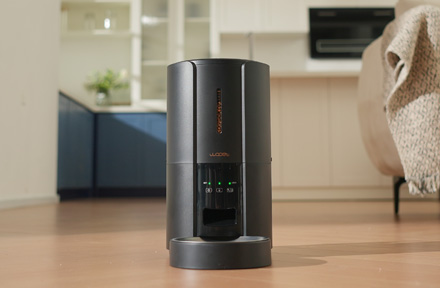
Troubleshooting Common Issues with Automatic Pet Feeders: Tips & Tricks for Pet Owners
Oct 26, 2023
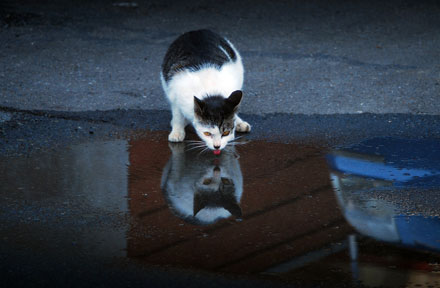
Why Does My Cat Cough After Drinking Water? 8 Potential Reasons
Mar 13, 2023
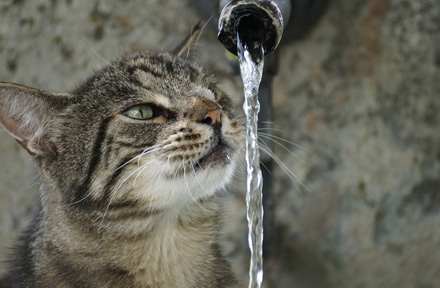
Why is My Cat Throwing up Water? Top 5 Causes Here
Feb 08, 2023
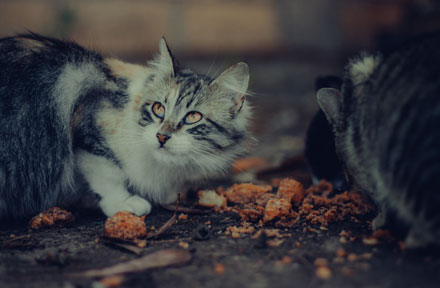
My Cat Only Eats A Little at A Time - What to Do?
Feb 27, 2023
$99.99
$129.99
Copyright © 2025 WOPET. All Rights Reserved.